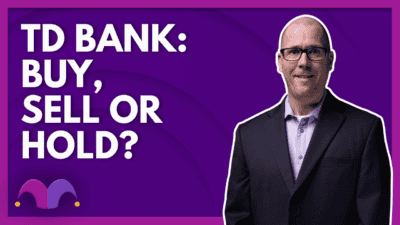Intact Financial Corporation (TSX:IFC) is the largest provider of property and casualty (P&C) insurance in Canada and a leading provider of specialty insurance in North America, with over $10 billion in total annual premiums.
The company has approximately 16,000 employees who serve more than five million personal, business and public sector clients in Canada and the U.S.
Financial highlights
IFC recently reported its Q4 and full-year results for 2019. Direct premiums written totalled $2.87 billion for Q4 2019 compared to $2.39 billion in 2018. This figure for 2019 stood at $11.05 billion and $10.09 billion for 2018, an increase of 9% year over year.
Net operating income increased 8% to $303 million (or $2.08 per share) in the fourth quarter. For the full year 2019, net operating income increased 8% to $905 million.
On December 2, 2019, IFC closed its acquisition of The Guarantee and Frank Cowan. This affected their debt-to-total capital ratio, which climbed to 21.3%, over its target of 20%. The company expects to return to its target level in 2020.
IFC has now raised its dividend for 15 consecutive years since its IPO in 2004. Recession or no, IFC stockholders can rely on this passive income from the company. They raised their quarterly dividend payout by 9% to $0.83 per share, indicating a forward yield of 2.1%.
2020 and building a moat
IFC forecasts a tough time for the P&C industry in Canada. They expect upper single-digit premium growth in 2020. Market conditions are difficult, as weak industry profitability in all lines of business continues to put upward pressure on rates. The company expects the U.S. market to harden in 2020 as well, with premium growing at mid-to-upper single-digit rates.
IFC CEO Charles Brindamour said, “We don’t think the industry is going back to 10% in 2020. We think the [Canadian] industry should be somewhere in between 4% and 10%. You look at where we are in the cycle growing at about, I’d say 10%. Our objective is to get back to mid-teens ROE… this is where I think you capture growth and try to maximize margins where you can depending on the market.”
IFC is focusing majorly on increasing its ROE in 2020. The plan is to maximize ROE when industry performance is weak. The logic behind this school of thinking is to build a moat during troubled times that will give them the ability to invest, which in turn will help them outperform and outgrow the industry. The company’s ROE for the last 12 months was at 12.5% with $1.2 billion of capital margin, higher than the industry average.
As part of this flow, IFC exited its U.S. healthcare business in 2019. At year-end, they reinsured the runoff healthcare business. In short, they transferred most of their current and under-earned exposure to a third party for a fee.
Healthcare reforms in the U.S. services being provided in various types of healthcare facilities have shifted. IFC felt that the pricing for that business was too complex for its capability and decided to exit.
Analysts have given IFC an average target of $149.42 for the next 12 months. The company is already trading at $151.17 at writing.
However, this premium isn’t that much given that 2020 is going to be very unpredictable, and you can count on IFC to be a steady hand in your portfolio.







